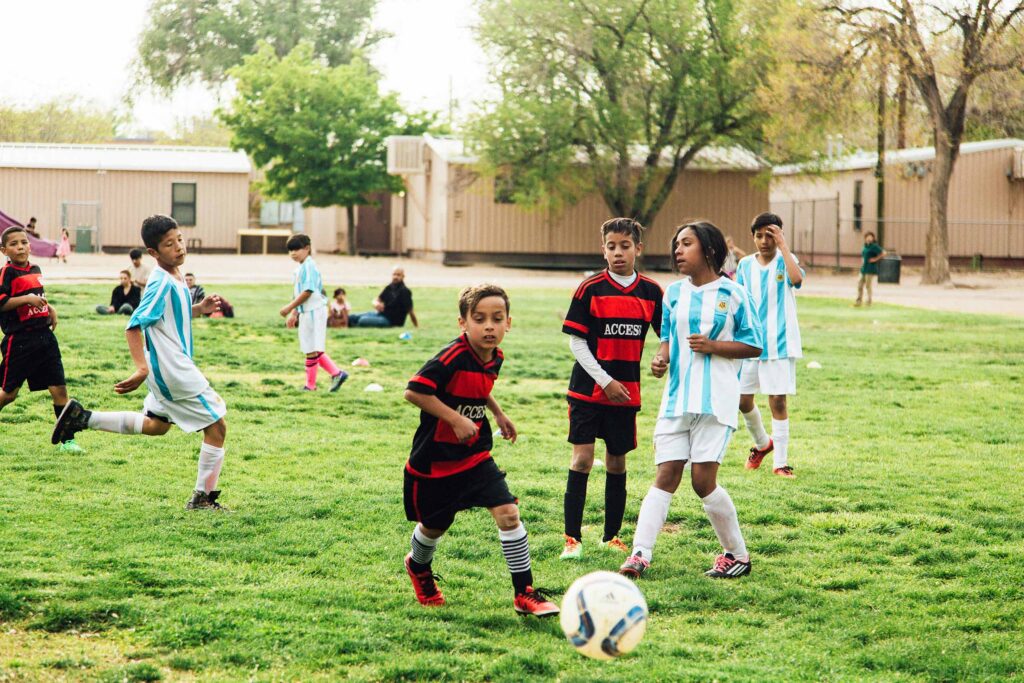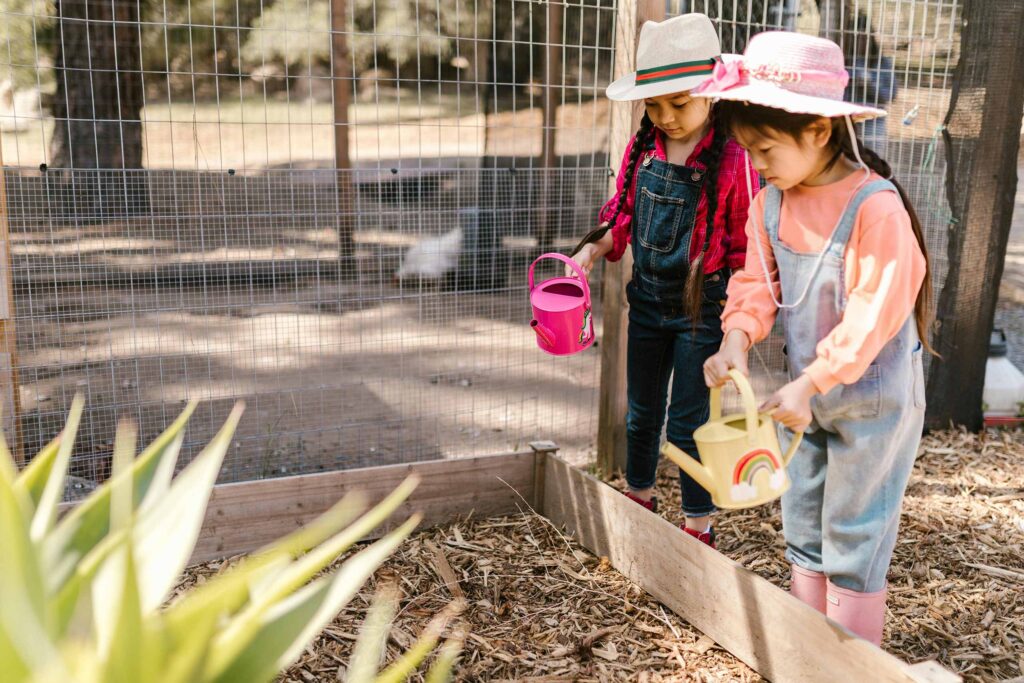Summer can offer much more than a break from school. It is a season filled with potential for children to grow, learn and explore. But for many families, traditional summer camps or paid programs are out of reach.
Summer learning loss continues to pose a serious challenge, especially for children from low-income families. According to Antennas Online, research from 2023 shows that socioeconomic factors significantly widen the achievement gap during the summer months. Without access to enriching experiences like camps or learning activities at home, many children fall behind while their peers continue to advance. Fortunately, there are free and low-cost options that help children stay engaged, curious and connected to their communities.
Here are a few ways to help children thrive this summer without breaking the budget:
Public libraries

Most local libraries host free summer reading programs that include storytelling, arts and crafts, science workshops and book clubs. These offerings nurture literacy and imagination while providing children with a safe, welcoming space. For example, the Jackson/Hinds Library System in Mississippi offers a Summer Library Program that features themed weeks, performances and prize giveaways for readers of all ages. In New Mexico, the Santa Fe Public Library hosts an annual summer reading program with bilingual storytimes, crafts and cultural programming designed to keep children engaged and learning all summer long.
Parks and recreation departments

Many city and county programs offer free or low-cost activities such as swimming lessons, sports leagues or outdoor exploration. As highlighted in our piece on supporting children’s mental health, outdoor spaces play a critical role in children’s well-being. Warmer weather and longer days offer renewed opportunities for play, connection and emotional support. Programs like the New Orleans Recreation Development Commission (NORD) offer summer camps, free youth swim lessons, sports leagues and outdoor events like movie nights and nature walks. Whether through structured programs or unstructured play in a neighborhood park or backyard, time outdoors supports children’s emotional, social and physical development.
Farmers markets and community gardens

Community food spaces provide great opportunities for learning and connection. Some farmers markets, like those in the Michigan Farmers Market Association, offer a “Pop Club” program that lets children try fresh produce, engage in food-related activities and receive tokens to purchase fruits and vegetables. Community gardens in cities such as Portland and Philadelphia often run seasonal programs where children help plant, harvest and learn about nutrition and the environment.
Museums and cultural centers

Many museums offer free admission days or discounted family passes. These visits allow children to explore science, history and the arts in hands-on ways that spark curiosity and creativity. The Children’s Museum Houston hosts Free Family Nights every Thursday, allowing access to interactive exhibits at no cost. The Museum of Science in Boston offers discount programs through community partnerships, and others participate in national access programs like Museums for All for EBT cardholders.
Faith-based and community centers

Local organizations frequently offer meals, tutoring, enrichment and play spaces during the summer. In Baltimore, the St. Francis Neighborhood Center runs a six-week summer program that combines academics, arts, nutrition and mentorship at no cost to families. Many YMCAs, Boys and Girls Clubs and local churches also offer scholarships or sliding-scale fees.
Every child deserves the chance to grow, connect and experience joy during the summer months. These low-cost resources support learning and well-being while giving families more ways to stay active and engaged. A little planning and exploration can help create a summer filled with fun, growth and lifelong memories.







Comments